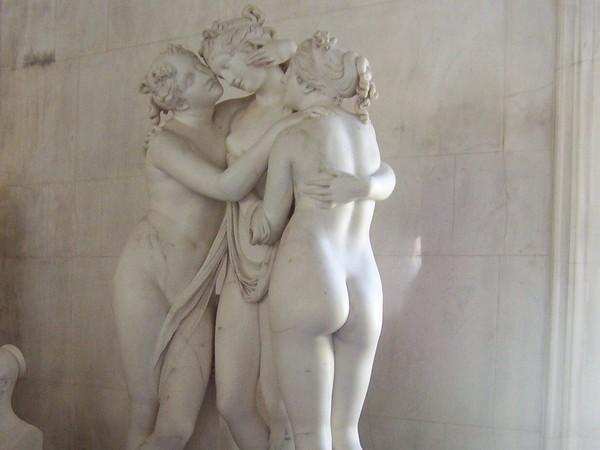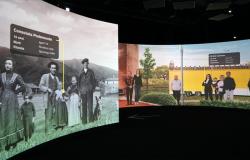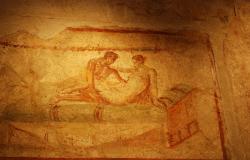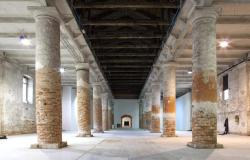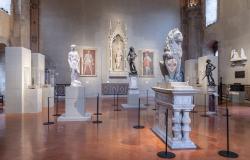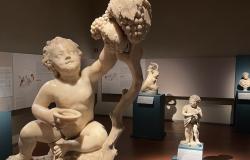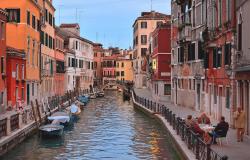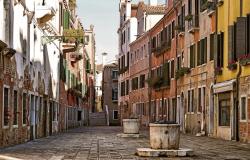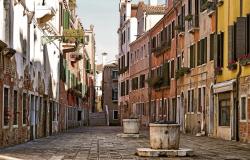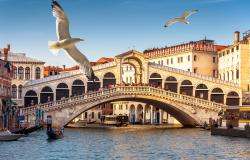Le Tre Grazie by Antonio Canova, with the Venus de Milo and Nefertiti bust, is possibly the most famous sculpture in the world.
The three young “beauties” immortalized by the Italian sculptor from the Republic of Venice are the daughters of Zeus, identified, from left to right, as Euphrosyne, Aglaia and Thalia - to represent beauty, charm and joy.
To celebrate 200 years since Canova began working on a second version of the Grazie, an exhibition in the sculptor’s hometown, at the Museum of Canova Possagno, near Treviso, is entirely dedicated to this extraordinary work of art, with a display of carvings, sketches, tempera, drawings, and etchings related to it.
Canova produced two very similar copies of The Three Graces, and the exhibition features sketches related to both. The first version, now in the Hermitage Museum in St. Petersburg, was commissioned to Canova by Empress Josephine, Napoleon's first wife; while the second was made for John Russell, the 6th Duke of Bedford, who begged Canova to make a copy for him after seeing a carving of the Graces in the sculptor’s studio in Rome. Canova complied, making small changes. This second sculpture is now equally divided between the National Gallery of Scotland in Edinburgh and the Victoria & Albert Museum in London, which exchange it every seven years.
For more information, click here.
